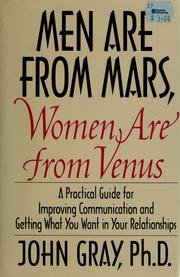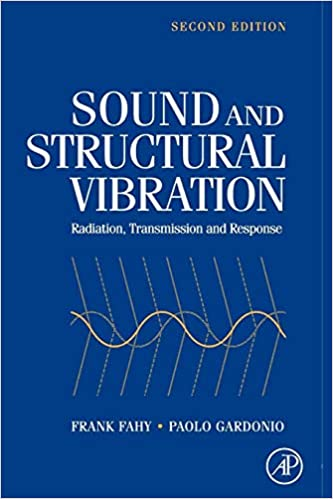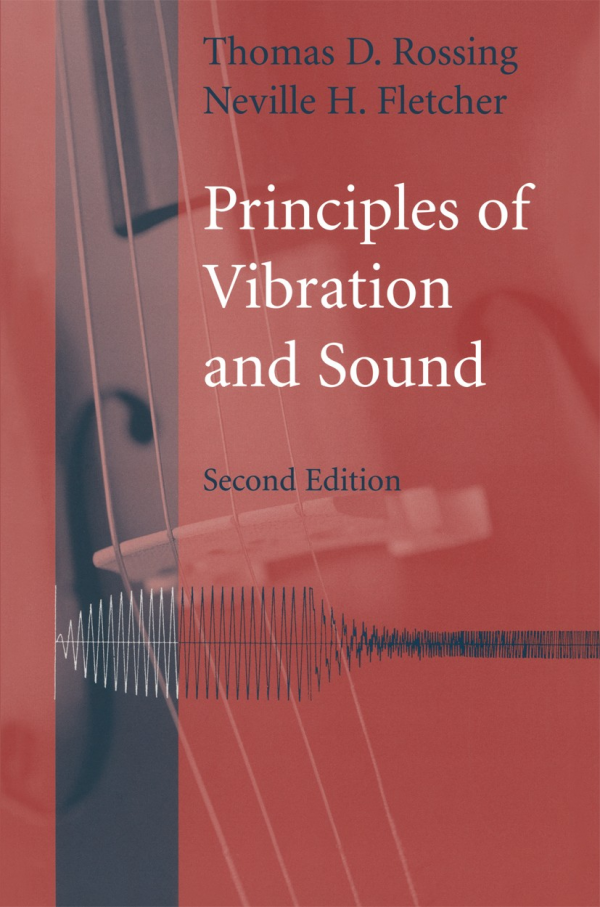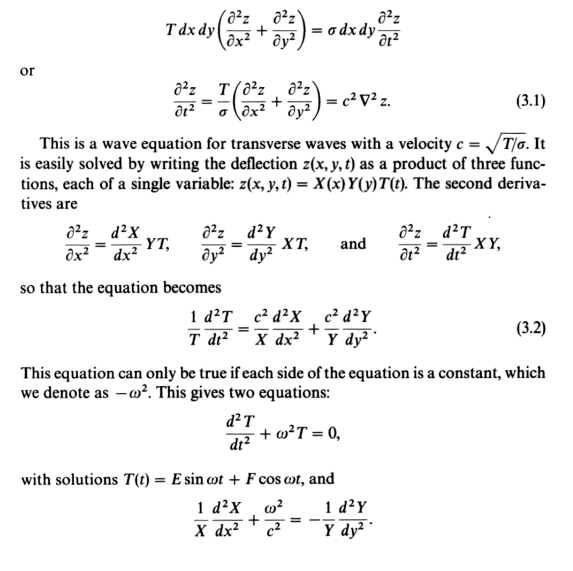Nothing’s being denied, just questioned.What is being denied here has been prooven to be technical correct but that was 1980 in the German audio Magazine "Hifi Exclusiv".
You were Gina Schmidt a few posts ago, #1357You must be very late or lazy or simply ignorant not to know it. I didn't told you new things here.
And please don't take arguments on a personal level.
This is just an indication for an ego Identification. Very sad.
Btw, my Name is Walter, not Gina here in this forum
Post in thread 'American Sound AS-2000 Installations- Far East (Tango)' https://www.whatsbestforum.com/thre...nstallations-far-east-tango.26052/post-821086
As you mentioned everything has a specific sound as do men and women it’s in a famous book look it up.

This isn’t what I questioned nor what you claim to hear.The test in the audio magazine in 1980 was called: "Does the drive of turntables affect music playback ?".
You denied this, but it has been prooven to be true. My experiences with audio are the same.
Thats why your turntable has a strong tone character and thats why every other turntable sounds different, despite what tonearm or pick up system is being used.
That's why any material choice of a turntable plinth, platter or platter bearing has great effects on the tone of this turntable.
Those who won't believe this must read. Or still ignore this. No problem for me, it just says something about your personality, not mine. I just presented facts here, very old facts indeed.
View attachment 98260
Since your Eurodyn video and comments showed a lack of insight I questioned the source of your authoritative comments about the sound of something you know nothing about. I now understand you’re making assumptions based on a generalized magazine article with no context, thank you for the clarification.
david
Last edited:







